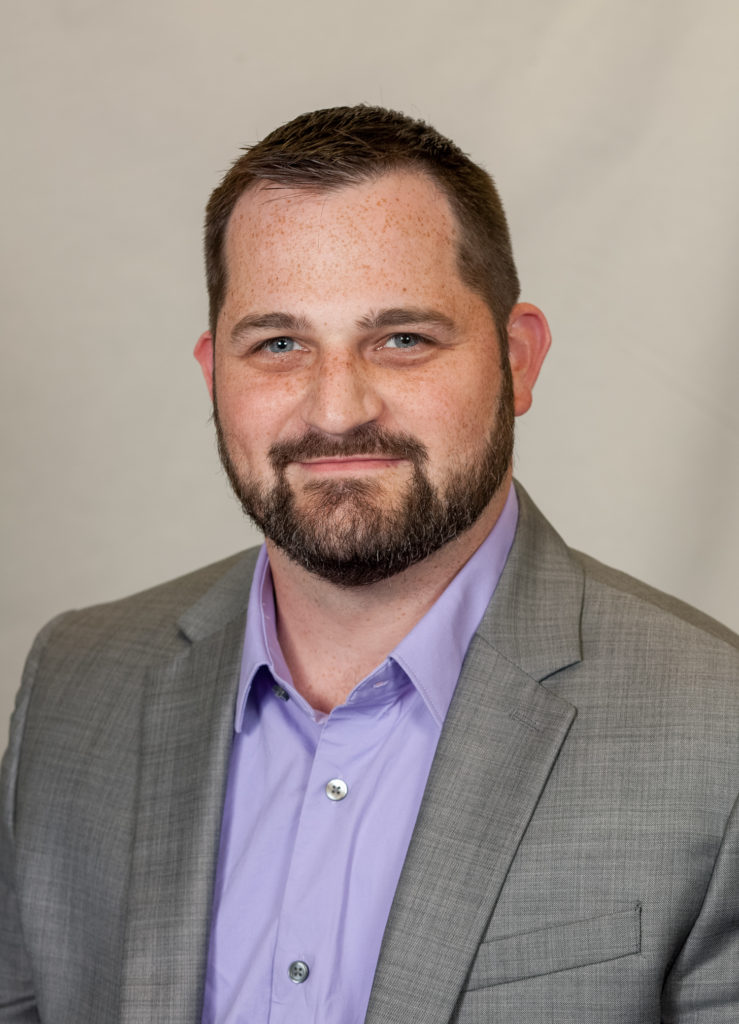
Recent headlines have inundated us with news about the alarmingly rapid spread of a new and deadly strain of C. auris — a drug-resistant fungus, still with no discernible origin, that has seen 309 cases in New York, 104 in New Jersey and 144 in Illinois, according to the Centers for Disease Control and Prevention.
As different fungi, bacteria and viruses across the world continue to evolve and spread, so must sanitation protocols and tracking within healthcare, especially in long-term care, where residents are more susceptible to illness. The CDC states that within various long-term care communities, 1 million to 3 million serious infections occur every year and are a major cause of hospitalization and death. In fact, as many as 380,000 people die of these infections every year.
Technology is central to infection prevention efforts in a variety of ways. Technology solutions and integrations have the capability to provide regular infection control compliance reminders; document the locations and interactions of residents, staff and equipment; and even detect symptoms for immediate action. As technology solutions are implemented into the everyday operations of caregivers, communities become more compliant with sanitation protocols and residents remain healthier, longer.
Preventative Action
Infection prevention best practices can be difficult to efficiently track and measure without the assistance of a reliable monitoring or surveillance technology. As long-term healthcare communities seek solutions to help staff provide better care for residents, one of the most important first steps for preventing the spread of germs is following proper hand-hygiene protocols.
Caregivers are always taught proper hand hygiene, but compliance can be difficult. It may slip off the radar of a caregiver faced with multiple tasks or multiple residents. Implementing technology solutions can improve adherence to such hygiene protocols, providing a gentle, proactive nudge to staff while tracking compliance in real time. Doing so not only decreases the spread of germs and bacteria across healthcare communities, but also highlights any need for revisiting hygiene training and enforcing compliance.
Tags equipped with active radio frequency identification technology also have the capability to alert staff members at certain touch points with subtle compliance reminders, such as the cleaning and sterilizing of medical instruments and equipment. For example, if a piece of mobile medical equipment is being transferred from one resident’s room to another before first entering the proper cleaning and disinfection process, an automated alert will be generated.
Identifying missteps in compliance as it happens, and where it happens, helps to ensure that standards are being met and facilities are adhering to their protocols. Some tags on the market are also completely sealed and waterproof for disinfection purposes. Designed without screw holes or seams where bacteria can grow, waterproof tags are able to go through an extensive sterilization process without getting damaged — ensuring that the solutions are as clean as the hands handling them.
By implementing real-time locating technology, caregivers improve compliance with infection prevention and control programs, reduce healthcare acquired infections and automate time-consuming compliance reporting.
Reactive Measures
Hand-hygiene and tracking compliance are paramount to preventing the spread of illness across long-term care communities, and healthcare facilities in general. But what can technology offer us after an illness spreads?
At present, accurate location technology plays an important role in contact tracing, allowing caretakers and community staff to trace the source of an outbreak to ensure that measures are being taken to keep it under control and prevent its spread. With location services, communities can run reports to retrospectively identify all residents, staff members and equipment at risk of infection or contamination. This reduces costs associated with shutting down entire communities, testing unaffected residents and performing other broad infection control measures. Additionally, the ability to target notifications to only those at risk prevents the panic that a mass communication would likely cause.
The Future of Disease Prevention
Solutions for disease prevention in the near future are on the horizon, blurring the line between preventative and reactive technology. Sophisticated systems on the market allow tracking for granular insights on resident and staff behaviors by monitoring their movements and acts of daily living. They’ll only continue to get more insightful with the technological capabilities that develop over the years.
For now, there are multiple options for healthcare communities to take advantage of location technology, from preventative measures that incorporate better hand-hygiene practices to reactive measures that retrace disease origins. Find the right application for your business to ensure staff protocols are being met and resident health is at a premium.
Blattenberger, a product manager at CenTrak, has been in the business of creating products for workflow and safety with a dedicated focus on customer experience for over 14 years.




